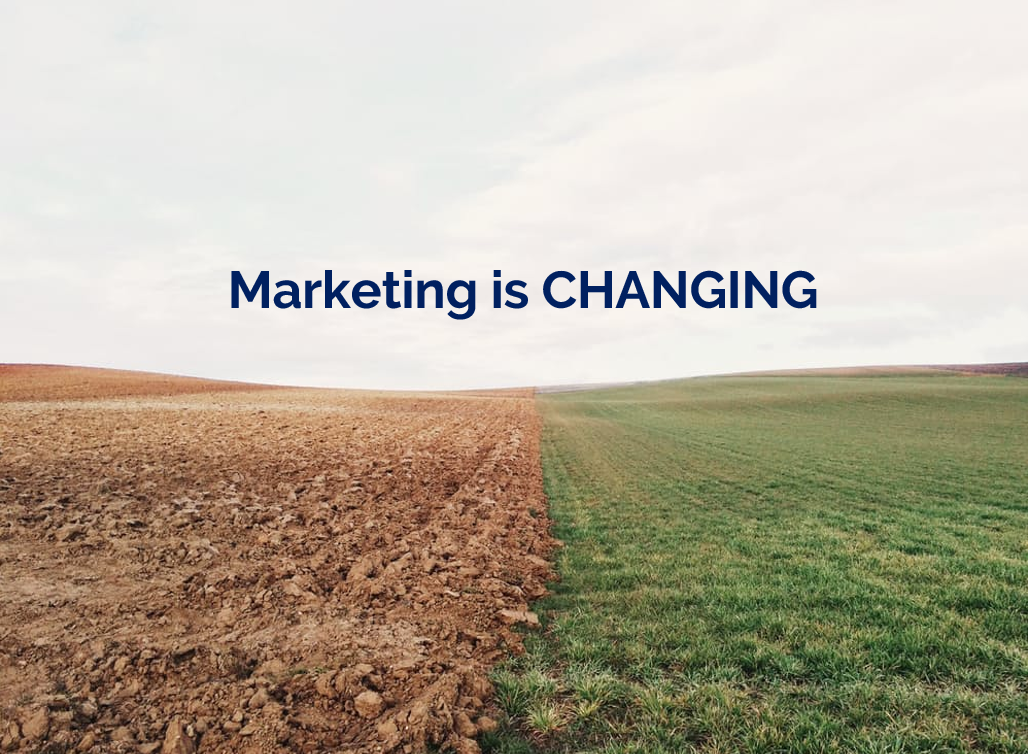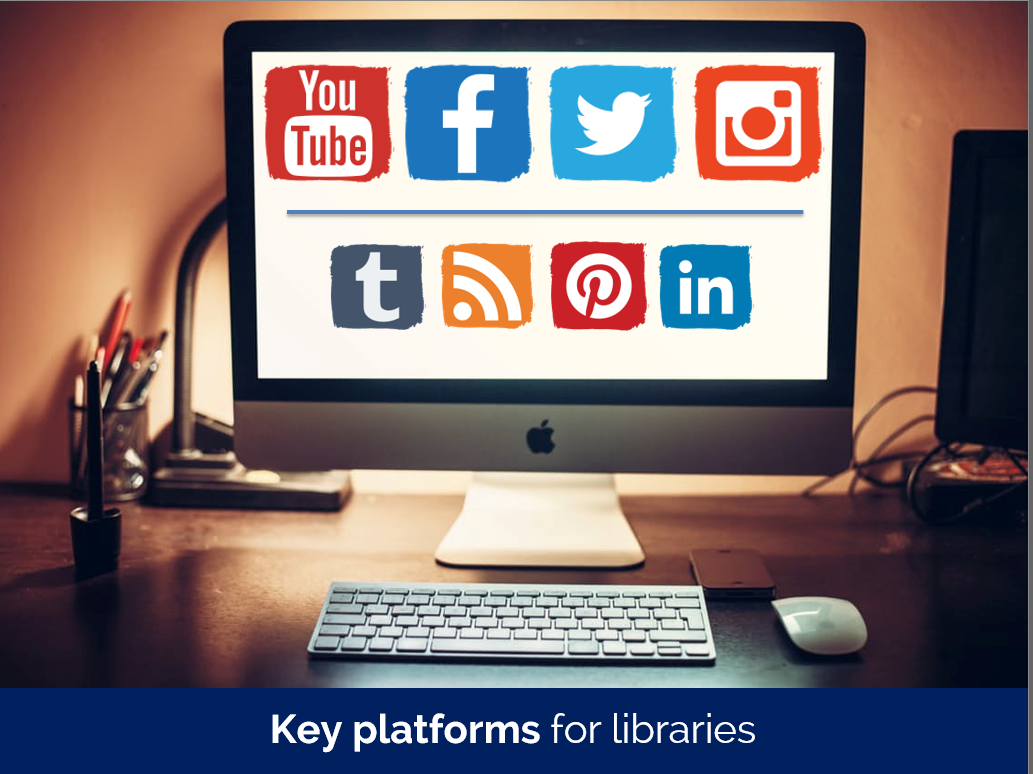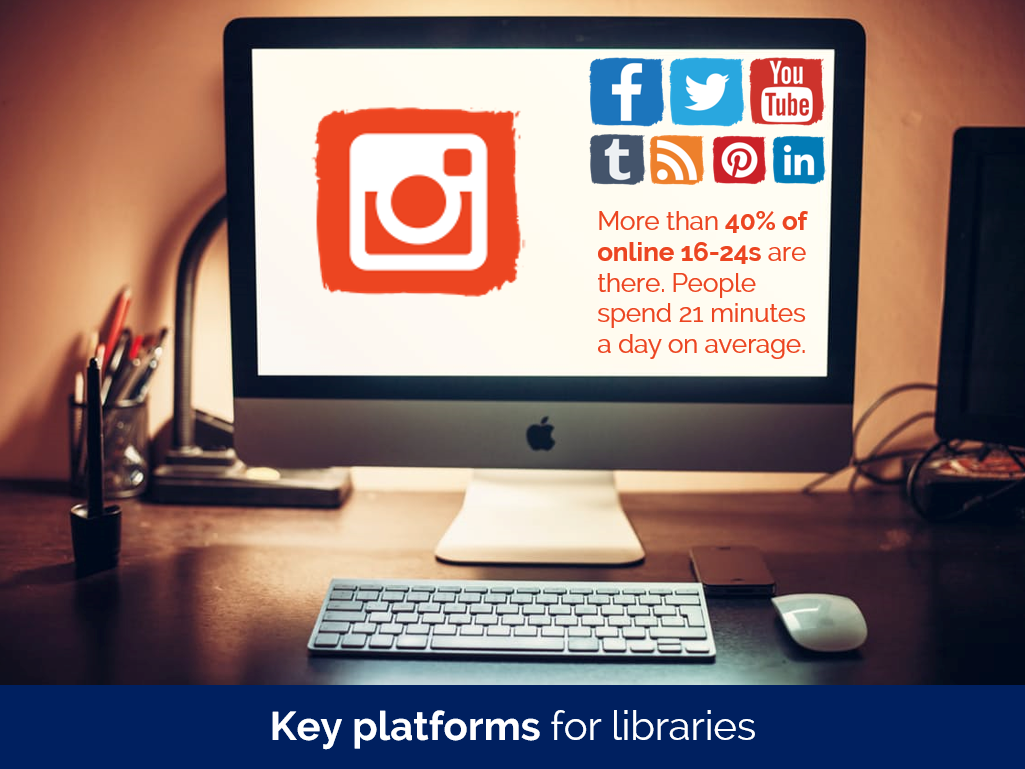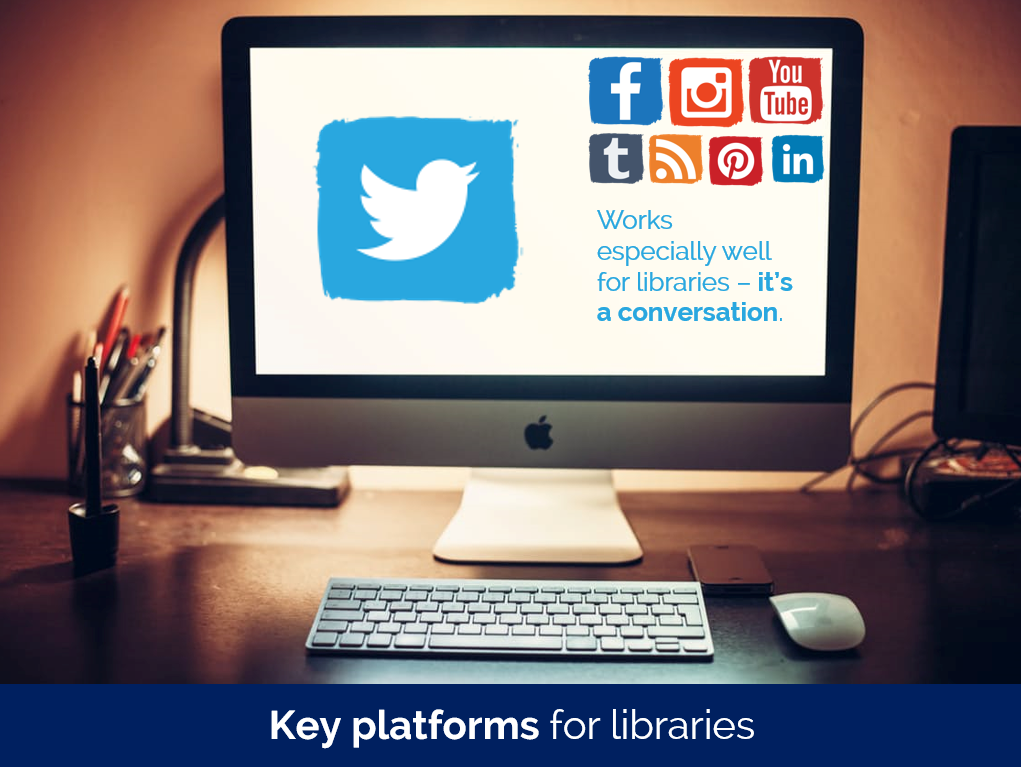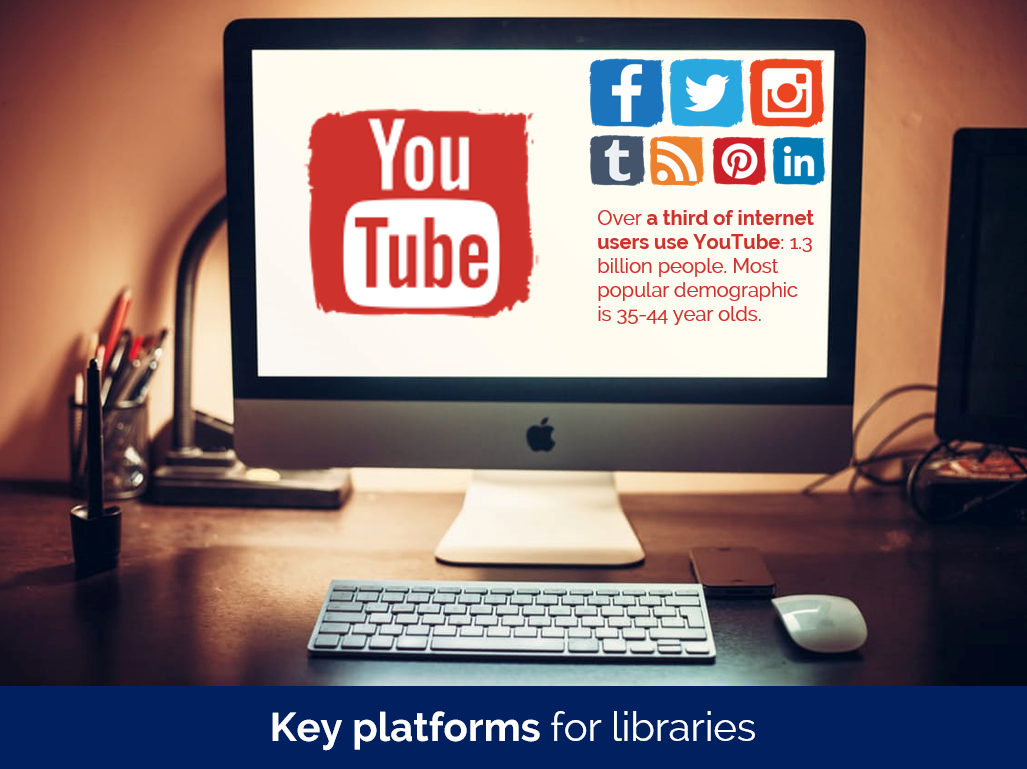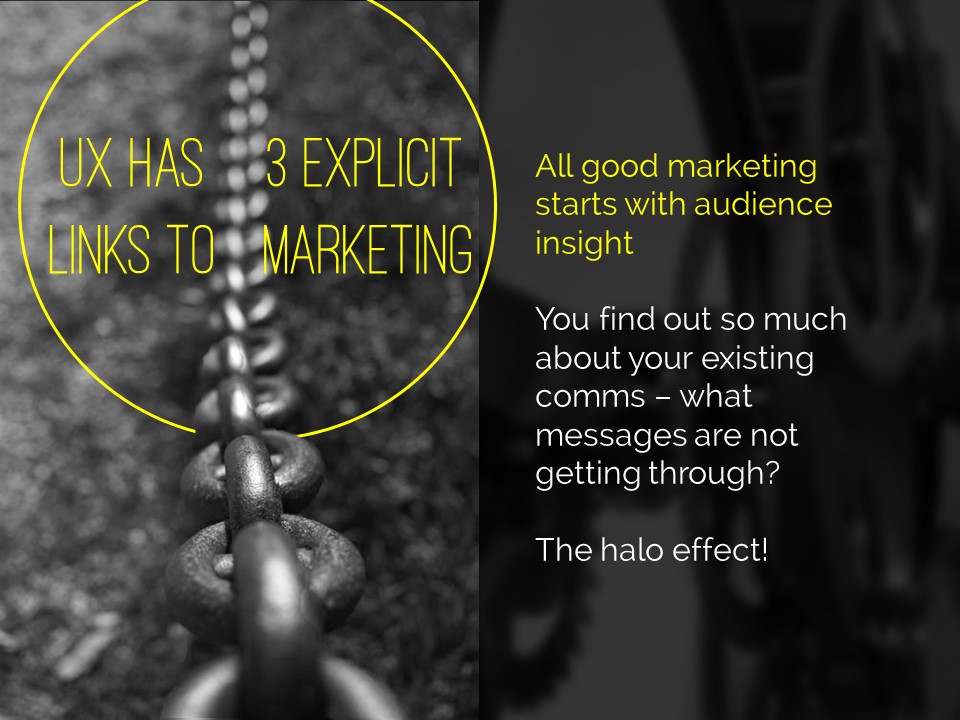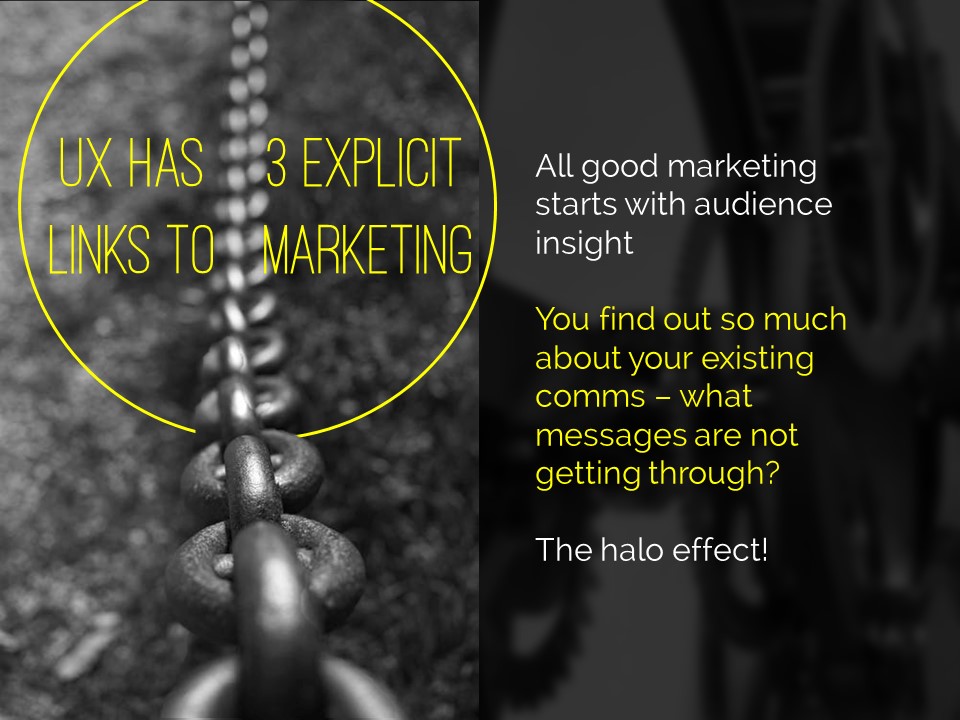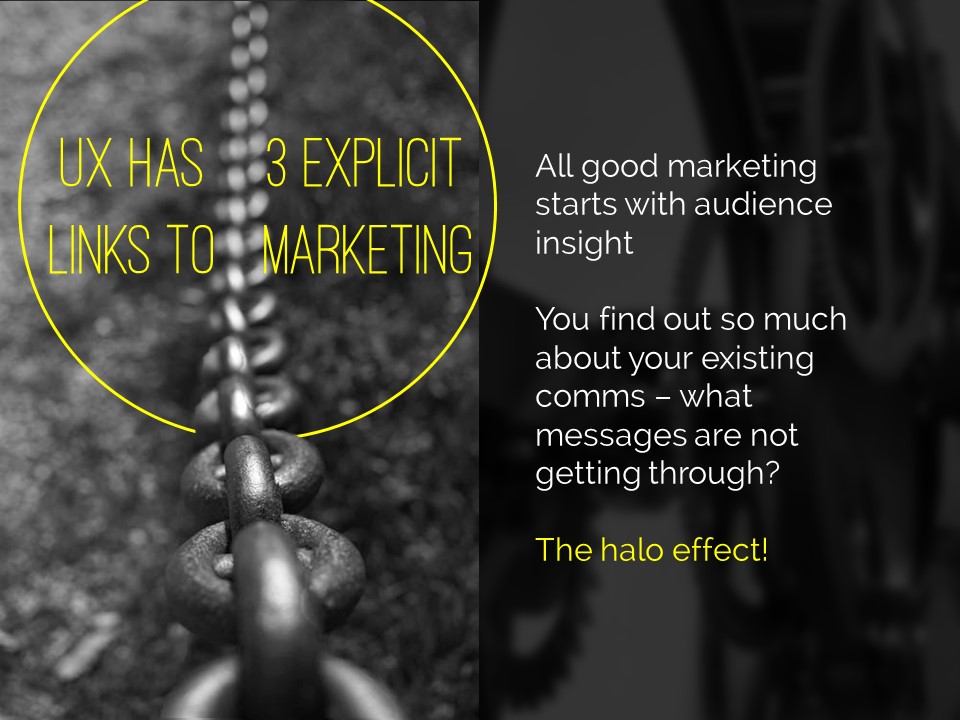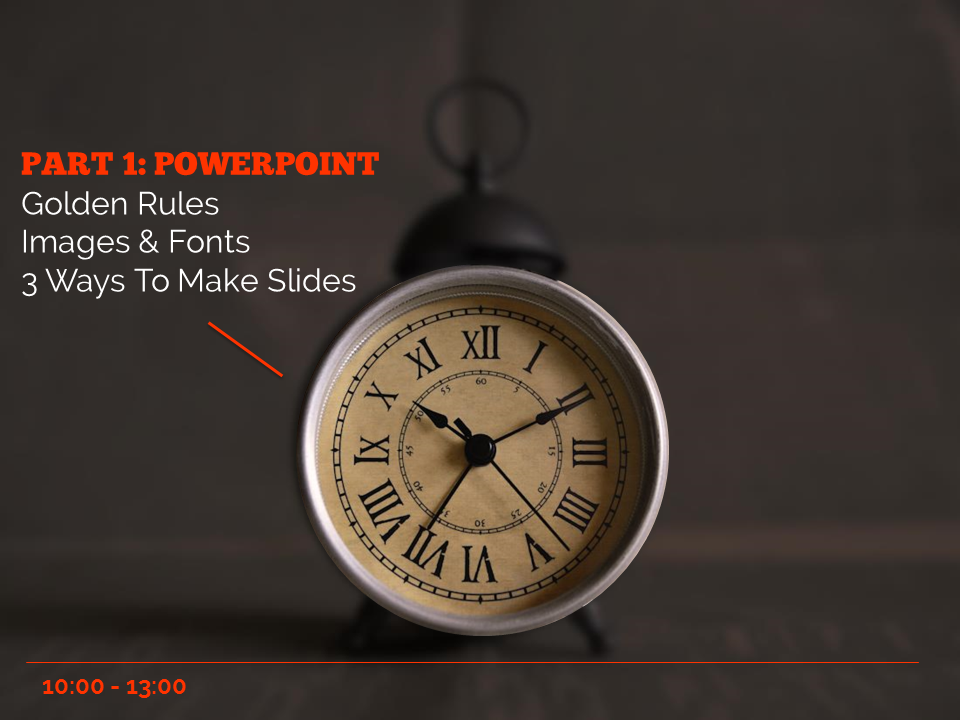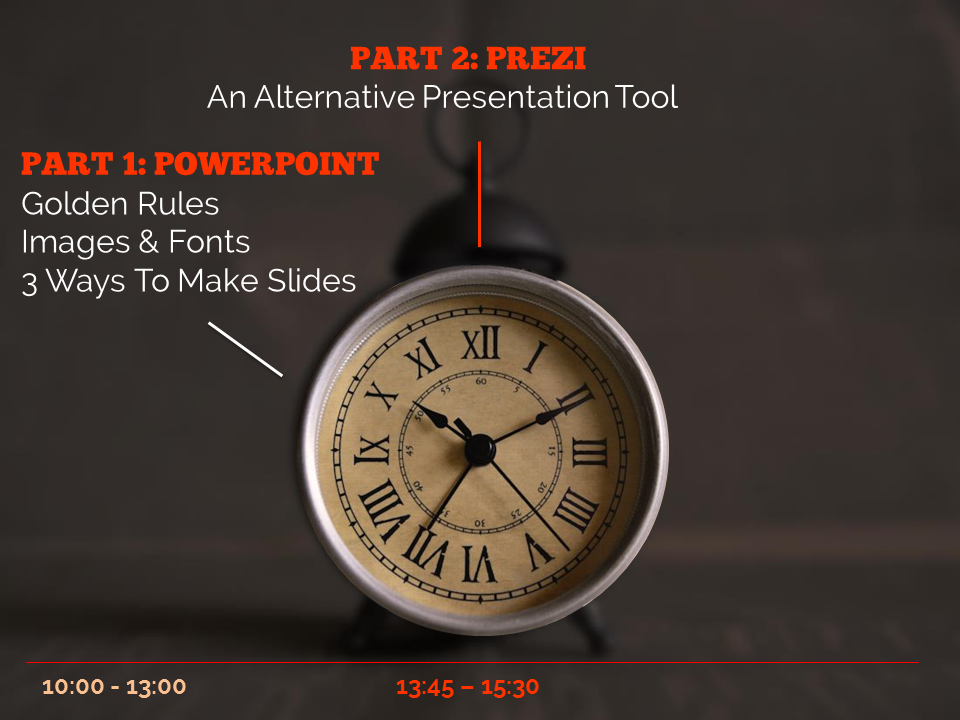Two of my favourite people in Libraryland, Phil Bradley and Val Skelton, are running Power Hours on a Friday lunchtime. The idea is a packed hour of useful CPD, with space for discussion afterwards, for £35 a session. I’ve done one of these already and it was great, with loads Chat back-and-forth; they have sessions coming up on Canva, AI and more - plus three in the diary between now and the new year, hosted by me!
I hope to see you at one or more of them. Here’s what we’ve got coming up.
Introduction to UX in Libraries: November 17th
Libraries using UX are discovering rich and often fascinating data on their patrons, which is proving a nuanced feedback method to complement traditional surveys and focus groups. We'll explore what ethnography really is and why you might want to use it, then look at specific examples of techniques to try out. We'll also look at examples of changes libraries have made to their services based on UX projects.
Jargon free introduction to Library Marketing
This session will focus on how to approach marketing libraries in all sectors. How do we frame messages so they have the most impact? What actually matters to our audiences? How do we keep things simple without dumbing down?
This works as a stand-alone session, but can also work as an introduction to the Strategic Marketing session below.
More details on the Intro To Library Marketing on Eventbrite.
Strategic Marketing in Library Campaigns
Library marketing becomes hugely effective when it is coordinated and joined up. In this Power Hour we'll explore marketing strategically and in campaigns. We'll work on segmenting audiences and tailoring messages for each group, before tying everything together in a strategic marketing plan.
This session works as a stand-alone session, but also picks up where the Intro To Marketing, above, leaves off, if people want to take them as a pair.
More info on the Strategic Marketing Power Hour on Eventbrite.



